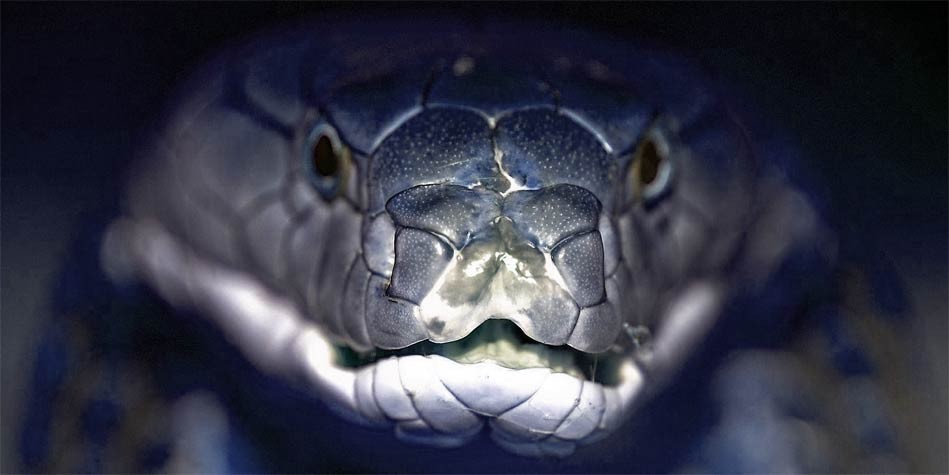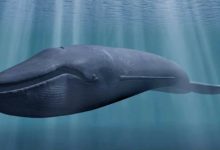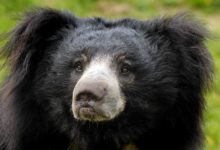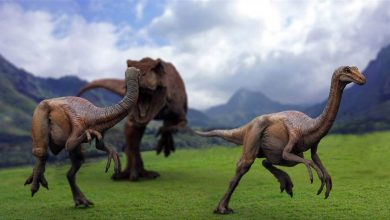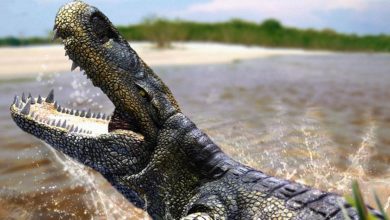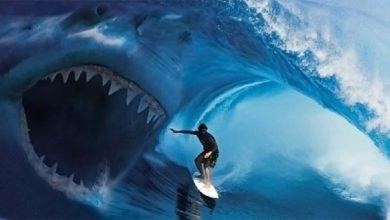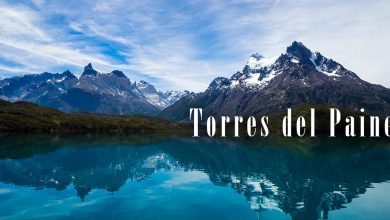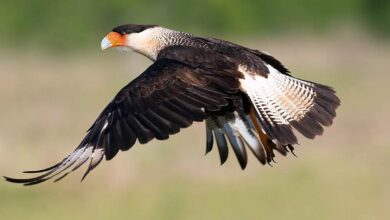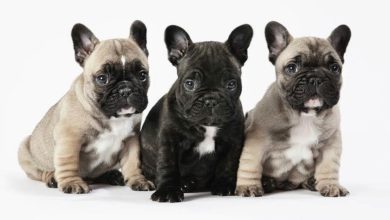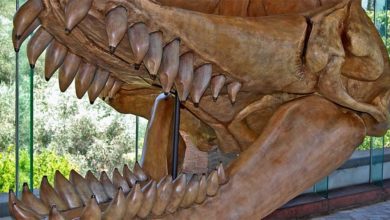Cobra – fearsome snake
‘Cobra’ is not the name of the order, family or genus. Cobra is a term for either typical hooded snakes like a cape cobra (Naja nivea), but also a colorful reptile from South America – coral snake (Micrurus fulvius), which has nothing in common with the typical Naja genus cobras except appearance.
In this article we focus on the so called true cobras (Naja). Nevertheless other snakes commonly referred to as cobras will also be mentioned.

Classification of cobras
The most important group of snakes widely called cobras originate from the Elapidae family. These snakes are customarily called true cobras.
The Elapidae family also consists of mambas (Dendroaspis), sea snakes (Hydrophiidae) and coral snakes, though they are not systematized as the true cobras. The full list of elapid snakes may be found here: <link>
The most abundant group of true cobras are the Naja genus snakes, belonging to the Elapidae family. Naja genus consists of over 20 species of hooded snakes.
Snakes referred to as cobras can have a wide cervical hood, which inflates in dangerous situations. They also have the ability to lift the front section of the body above ground.
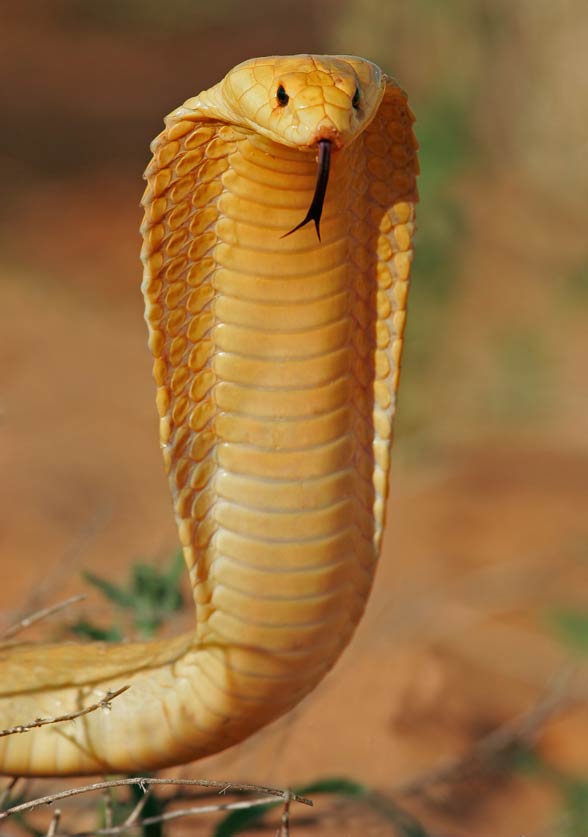
Therefore, the term ‘cobra’ may refer to:
- Naja genus snakes living in Africa and Asia e.g. Indian Cobra, Egyptian cobra, monocled cobra
- spitting cobras of the Naja genus – e.g. the Ashe`s spitting cobra (Naja ashei) species or the Indochinese spitting cobra (Naja siamensis) plus the ringhals (Hemachatus haemachatus) species being endemic to the South Africa region. It does not belong to the Naja
- banded water cobra (Naja annulata) species (former binomial name: Boulengerina annulata) plus the Congo water cobra (Naja christyi)
- an African burrowing cobra species Naja multifasciata, previously named Paranaja multifasciata
- all snakes of the Aspidelaps genus (Elapidae family)
- elapid snakes of the Pseudohaje genus
- king cobra (Ophiophagus hannah), not considered a true cobra
- coral snake (Micrurus fulvius), also called the American cobra
- Hydrodynastes gigas genus sometimes called the false water cobra

Areas of occurrence and habitat
True cobras live in the whole African continent, the Middle East, India, South-East Asia and in Indonesia. Snakes only commonly referred to as cobras live in the United States and in Australia.
As far as 1.5 million years ago they could be found in Europe, but due to the climate change they disappeared from the Old Continent.
Tropical areas is their most typical habitat, though many may be found in savannas, meadows, forests or croplands. The majority of their time is spent in the underwater burrows, beneath rocks or in hollow tree branches.
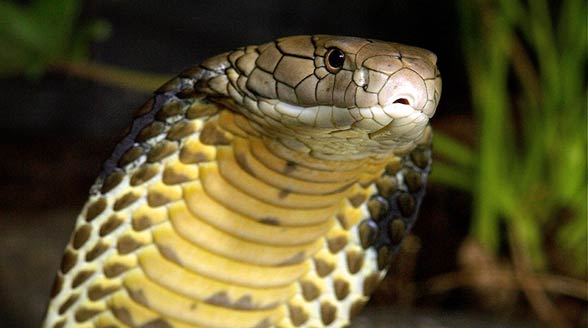
Characteristics
Appearance
All cobras have venom fangs located in the front end of the upper jaw. They are useless in holding down a prey, for they are hollow. However cobras can inject venom through these fangs, which aim is to kill or cripple a victim. They have an excellent sense of smell and see well even at night. Some cobras spit venom.
The cobras’ defining characteristic is its hood.
The hood is located in the cervical region, laterally, spreads along the elastic cervical ribs. Apart from the hood cobras have round pupils and smooth scales.
All cobras are also equipped with venom, which composition varies depending on the species (but they usually produce neurotoxin), just like coloration. Cobras can be speckled, striped, black, black-and-white, yellow, red or even white (albino snakes).
Cobras may grow to a remarkable size, frequently exceeding 2 meters (6ft 7in) of length. The forest cobra (Naja melanoleuca) is considered to be the largest true cobra. It can measure up to 3.1 m (10ft 2in).
Generally speaking, the largest cobra is the king cobra, yet it is not considered a ‘true’ cobra. It may have 5.6-5.7 meters (18ft 4in – 18ft 8in) of length. The largest spitting cobra in the world is the Ashe`s spitting cobra (Naja ashei), which can be up to 2.7 m (8ft 10in) long.

Lifestyle
With all certainty the most distinctive trait of these snakes is their reaction to an attack. When an intruder crosses their path, they lift the fronts of their bodies, hiss loudly and inflate their hoods. Some cobras spit venom while in danger to discourage and scare away the predator.
A vertical body arrangement is not only a defensive technique. It is also an excellent way of finding food.
Cobras are normally opportunistic predators – they hunt for what is the easiest prey in a given moment. Therefore they hunt for birds, small mammals, lizards, other snakes, they also eat eggs and carrion. They crawl near the victim without a sound, performing an attack when in striking distance. It seems like cobras hunt mostly at dawn and at dusk, though some snakes hunt during the day, when the heat is unbearable for other animals. However, like other snakes, they have a very slow metabolism, which them to refrain from eating for several days or even months.
Cobras are oviparous. They lay 20-40 eggs at a time, which require a 60-80 days incubation period. Many species stays in close proximity to the nests and defends it from attackers until the hatching moment. It is widely known that snake eggs are a delight for wild boars and mongooses.
The latter are the cobras` most vicious enemies. Mongooses are covered with an exceptionally thick fur which protects them from snake bites, and due to their outstanding speed and agility they can kill a large and dangerous snake. Before the reptile successfully bites the mongoose, it manages to pierce the snake`s neck with its teeth. Furthermore mongooses are immune to snake venom.
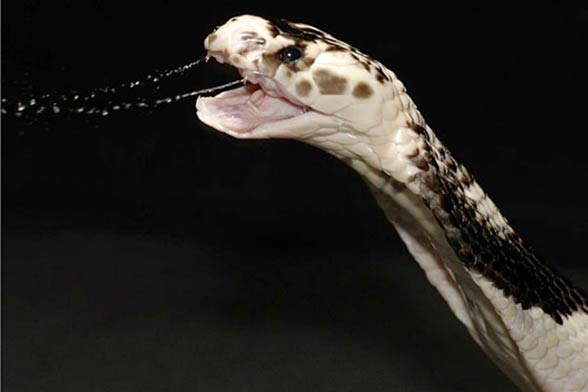
Bites and venom
Any cobra`s bite may prove fatal for the victim if the bitten person cannot get to the hospital. However sometimes a victim may be saved by a CPR until a serum is administered.
Cobras` venom is a typical neurotoxin, which affect the nervous system. A person ‘treated’ with such a toxin initially has vision, swallowing and talking problems. The skeletal muscles start to droop, in addition to breathing problems, nausea and headaches. Breathing may stop in just 30 minutes from a bite, which is why time is gold in such situations.
Some cobras, especially the spitting ones, have cytotoxins, which attack body tissue. Delivered into blood flow, they trigger acute pain, edema and necrosis in the bitten area. Moreover cobras can spit the toxin over large distances, directing the venom stream precisely into the attacker`s eyes. Toxin upon contact with the eye ball may lead to a permanent visual impairment.
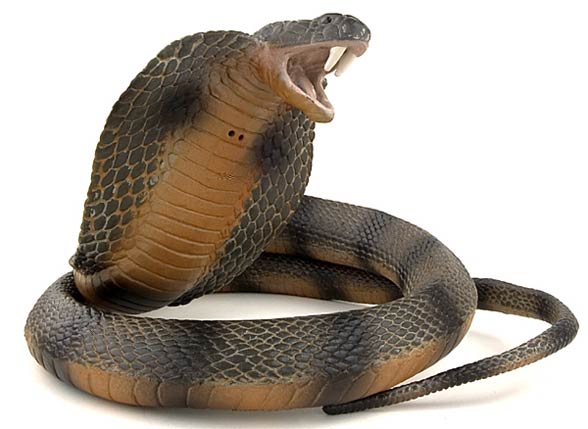
Detailed characteristic / size
Cobras
- Body length: 0.9 – 5.7 m (2ft 11in – 18ft 8in)
- Weight: 4-6 kg (9 – 13 lb), heaviest recorded king cobra weighed 12 kg (26 lb)
- Lifespan: up to around 20 years
African cobras
- Forest cobra (Naja melanoleuca)
- Black-necked spitting cobra (Naja nigrocollis)
- Egyptian cobra (Naja haje)
- Spitting cobra (Hemachatus haemachatus)
- Cape cobra (Naja nivea)
- Banded water cobra (Boulengerina annulata / Naja annulata)
- Mali cobra (Naja katiensis)
- Mozambique spitting cobra (Naja mossambica)
- Red spitting cobra (Naja pallida)
Asian cobras
- Indian cobra (Naja naja)
- King cobra (Ophiophagus hannah)
- Monocled cobra (Naja kaouthia)
- Chinese cobra (Naja atra)
- Caspian cobra (Naja oxiana)
- Philippine cobra (Naja philippinensis)
- Javan spitting cobra (Naja sputatrix)
- Equatorial spitting cobra (Naja sumatrana)
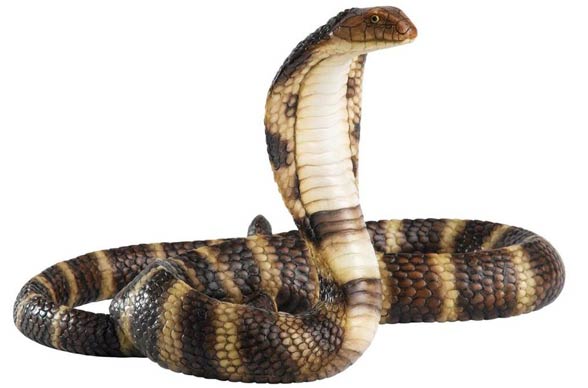
Cobras – interesting facts
- The term ‘cobra’ is derived from the Portuguese cobra de capello which means ‘hooded snake’.
- The smallest cobra species is the Mozambique spitting cobra (Naja mossambica), while the largest is the king cobra (but the forest cobra is the longest).
- King cobra is the longest venomous snake in the world.
- Majority of cobras can lift 1/3 of their bodies above ground.
- The amount of venom produced by the king cobra may kill 20 people or 1 elephant. However it does not have the strongest venom in the world.
- Shiva – the Hindu deity (a supernatural, divine being) is pictured with cobras wrapped around its neck.
- Shesha (Ananta) – a thousand-headed snake on which a sleeping Vishnu rests, is often presented as a giant cobra.
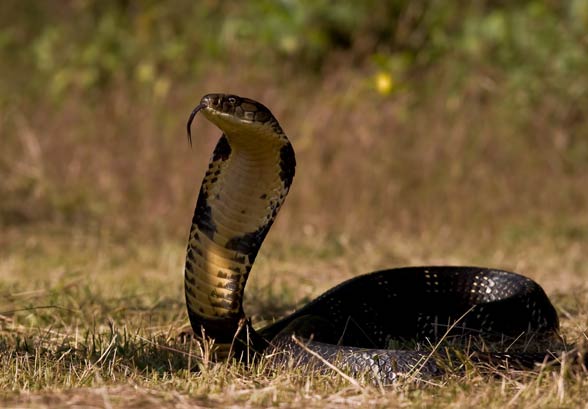
Recommended
- Snakes
- Most venomous snakes
- Black mamba
- Inland taipan
- Anaconda
- Titanoboa
- Longest snakes
- Fastest animals
- Fastest birds
- Largest eagles

